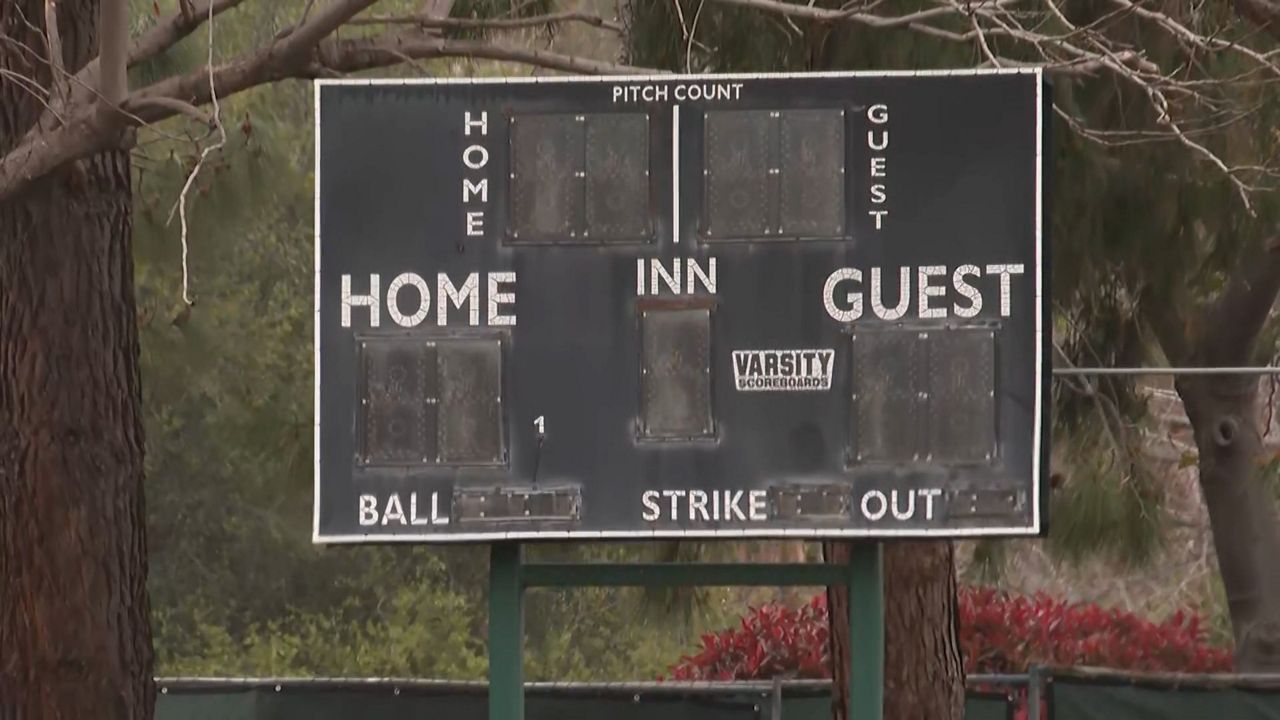ORANGE COUNTY, Calif. — A climate change panel Wednesday told its small audience about policy changes Orange County has made and where local leadership has fallen short.
Scientists, politicians and local first responders gathered at the Orange Coast College planetarium to share ways the county can improve and forthcoming dangers a warmer climate presents.
Ayn Craciun, a policy manager with Climate Action Campaign, has been focused on the fossil fuel side of the problem and on promoting community choice energy.
“Every day in Orange County every new home that is built, and every new commercial building contains fossil fuel infrastructure,” she said. “That needs to change.”
While aggressive statewide standards for gas-powered vehicles have been imposed, panel members said other statewide standards for new buildings have been slow-walked in Orange County.
Katrina Foley, the 2nd district supervisor who hosted the panels, pointed to public transportation. The county has taken steps to build green transportation with the OC Streetcar, a 4.15 mile stretch of track that runs through Santa Ana.
That construction, which is expected to cost about $423 million once finished, has been slow and controversial. Santa Ana business owners have protested the construction, complaining that it has strangled revenue down to a trickle.
The street car highlights an enduring problem for local politicians: solutions or improvements can bring about painful change. While investment has been key, and advocates say the county needs to spend more, new strategies requiring changes in behavior for residents can bring controversy and resistance.
Drought has been another challenge, requiring customers to use less water, for management companies to invest in more efficient plumbing, and for homeowners to learn how to protect their properties.
California’s extended drought, which forced Gov. Gavin Newsom to call for water rationing in the spring, has created dangerous wildfire problems.
Jim Henry, division fire chief for the city of Santa Ana, listed a host of programs the department has used to educate homeowners on how to protect their properties.
“Ideally we prevent the event altogether,” he said.
So far, they haven’t been able to, as wildfires that once fizzled after 5,000 or 10,000 acres can now reach over 1 million acres. A once unimaginable number, Henry said fires of that scale are a danger. The danger of mega-fires has increased the cost for fire departments across the state. A fire in Ventura county, or even another state, can force cities from all around the California to send personnel and equipment. Even Newport Beach, a coastal town not known for wildfires, has invested in a fire engine with off-road capabilities designed for wildland fires.
Henry said the county is looking into expanding its 18 helicopter fleet with a new airborne wildfire weapon capable of dropping 3,000 gallons of water and known to his colleagues as “the hammer.”
Epidemiologists and virologists worry about what kinds of warm weather illness might migrate to Orange County residents.
But the enduring theme of the summit was that whatever changes government can make, the symptoms of climate change are here to stay.
“We’re really never out of fire season,” Henry said. “That’s really what it comes down to.”










